Banish migraines- 8 doctor approved hacks that actually work
Unfortunately, migraines are a common condition. One in seven people have experience with them, with three times as many women as men suffering. "To put it simply, a migraine is the electrical changes in the cells of the brain," explains Dr Katy Munro, headache specialist, author of Managing your Migraine and doctor at The Migraine Centre, a headache treatment charity. "We know that migraine susceptibility is a genetic condition, so while we can’t cure it because we can’t get rid of the genes, we can help you find ways to manage your migraine and reduce the number of attacks."
Dr Munro explains that with a migraine attack the dominant symptom is a headache which can be very severe, but for some people it can also be nausea and vomiting, dizziness and brain fog. "It can bring a whole plethora of symptoms and last up to three days," she says.
How to beat migraines
Dr Munro shares a mixture of lifestyle and medical tips for finding out what's causes your headache and preventing and treating your migraine.
1. Balance your blood sugar
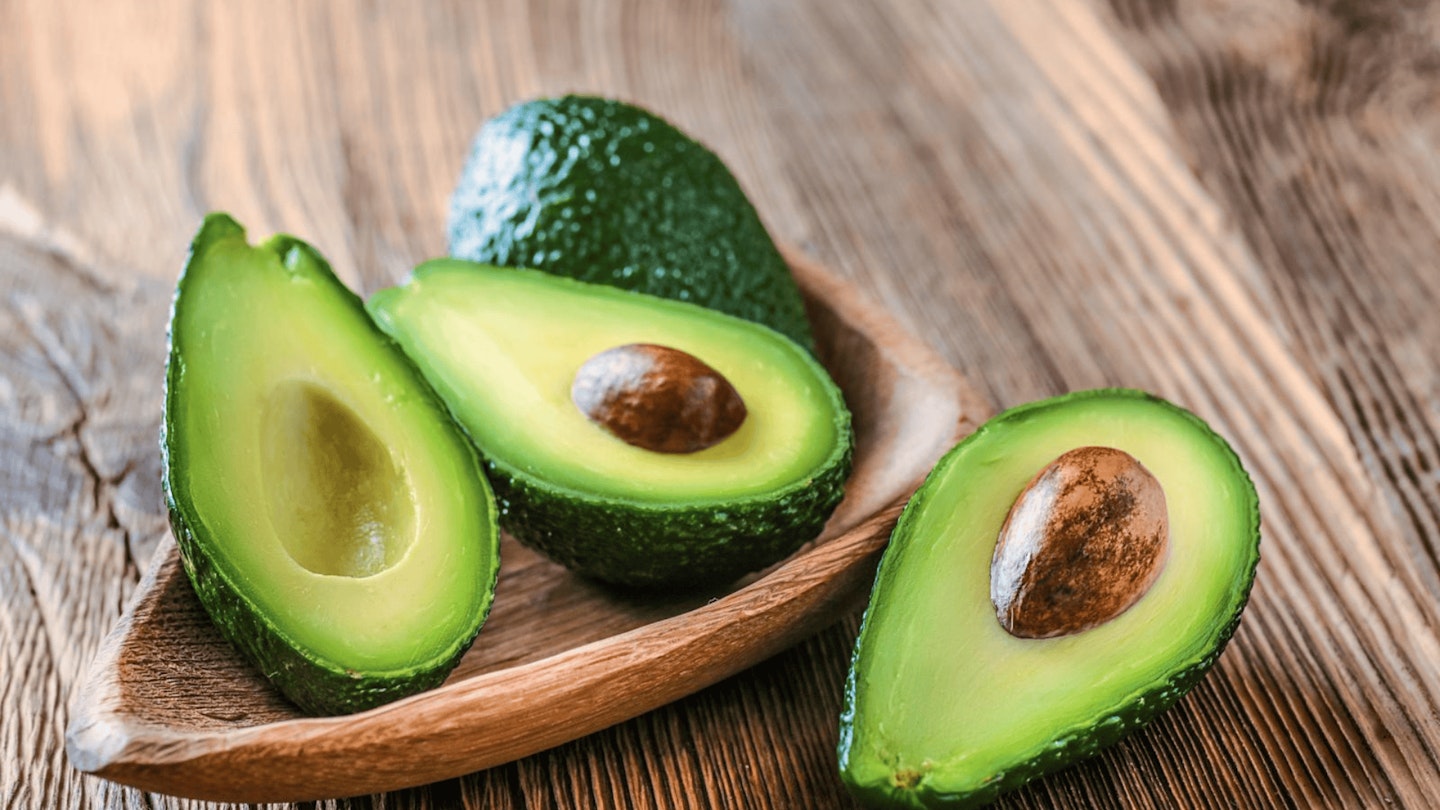
Many foods are often cited as triggers for migraines, but Dr Munro explains, "People will often say they’ve cut out cheese, chocolate or citrus, but we don’t put a big emphasis on that anymore. One study found that craving chocolate can be part of the symptoms of an attack coming on, so people were eating the chocolate and then blaming the migraine attack on it. Occasionally you have someone who eats a certain food and always gets a migraine attack afterwards, but if it is only occasionally then it’s much more important to focus on eating regularly than to cut out certain foods."
She says balancing blood sugar throughout the day should be prioritised. "Eat regularly and eat a mixture of protein, healthy fats like avocado, nuts and seeds, and complex carbohydrates like wholemeal bread, brown rice, wholewheat pasta. This gives you a nice even, sustained blood sugar and your brain will be happier."
And routine is important when it comes to sleep too. "An aggravating factor in migraine is often change, and so the balance to that is routine," explains Dr Munro. "Go to bed at the same time and wake up at the same time every day. Getting good-quality sleep is also important."
2. Try using supplements
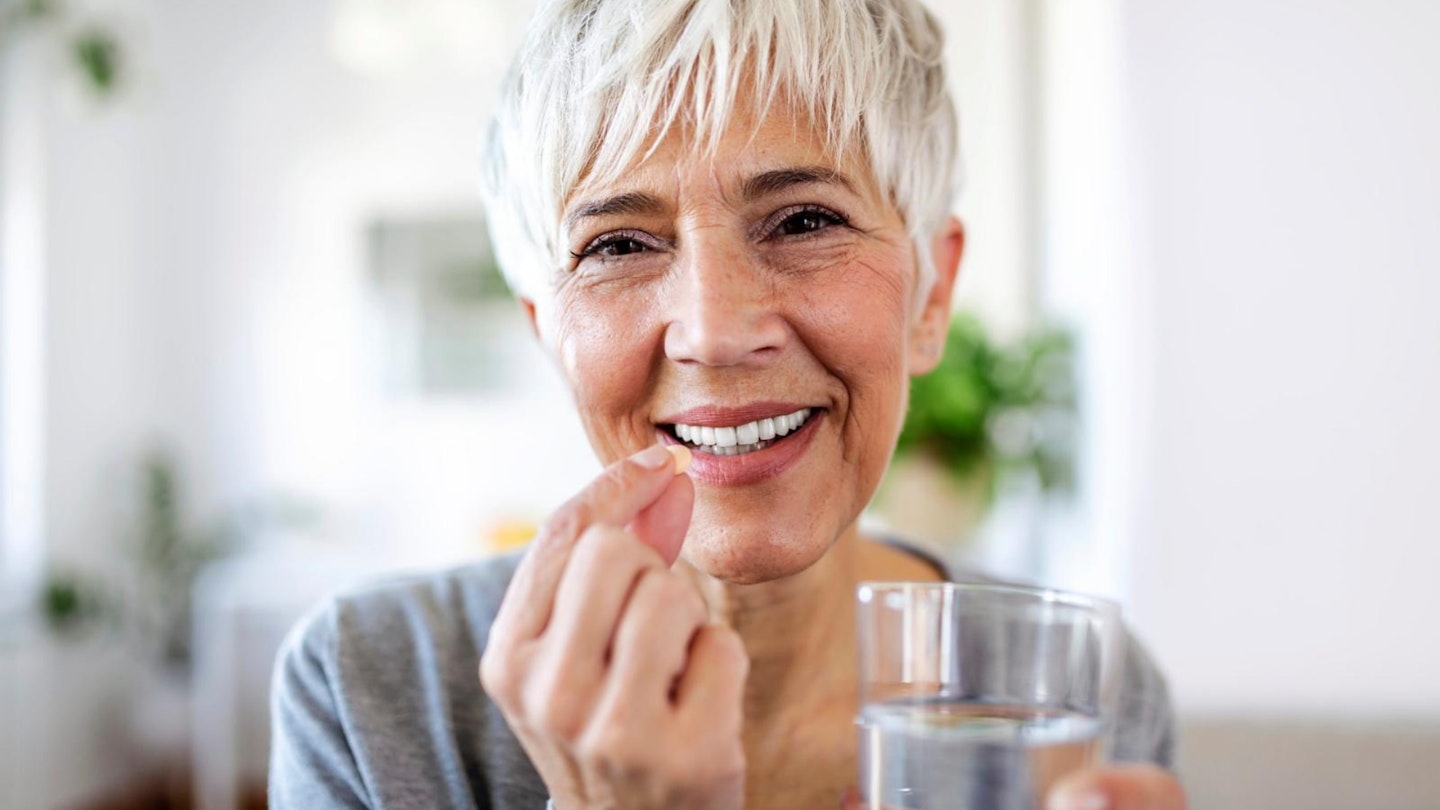
"There aren’t a lot of studies on supplements but anecdotally in my clinic, a lot of people say to me that magnesium is useful," explains Dr Munro.
She recommends five supplements to take at a high dose and for a minimum of three months. "The first one is magnesium citrate or magnesium glycinate at 400-600mg a day. Next, riboflavin which is vitamin B2 at 400mg a day, then coenzyme Q10 at 300mg daily, though that one is quite expensive. There is some evidence omega 3 can be helpful and also vitamin D supplements."
Should we try one at a time? "We haven’t got any head-to-head studies, so it’s up to the individual to decide which to try first. One of the frustrating things about migraine is that one thing doesn’t work for everyone, so it comes down to trial and error."
3. Tackle stress

"Changing stress, increasing stress and even decreasing stress can be a trigger," explains Dr Munro. It would explain why you might wake up with a migraine attack on a Saturday morning or the first day of your holiday. ‘It’s unlikely we can glide through life without stress but anything you can do might help. Things like meditation, yoga for beginners, tai-chi and expressive writing.
"Getting your thoughts out on paper and doing free-flowing writing for 20 minutes for several days in a row can be really helpful. Sometimes a combination of strategies works."
4. Try aspirin in Coca Cola
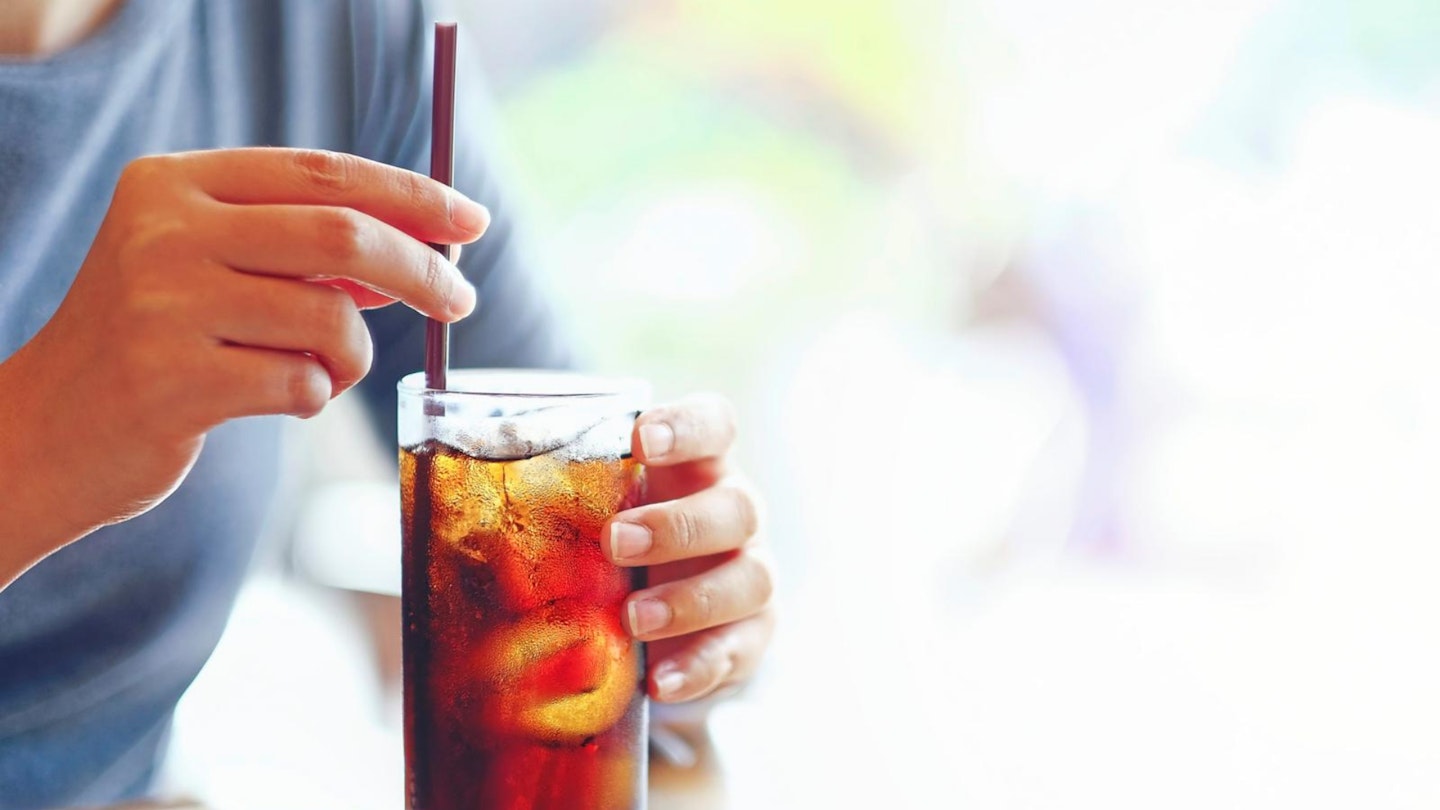
If a migraine attack hits, getting your pain relief right is key. "Try taking soluble aspirin in a small glass of full-fat Coca Cola," says Dr Munro "It sounds strange, but Coca Cola has caffeine, fizz to dissolve the medication and sugar so that if your brain is hungry, it gets some sugar. It’s not a health food of course, so don’t buy a two-litre bottle!"
She adds, "Don’t use codeine at all for migraine – it is addictive, it might make the nausea worse and it doesn’t hit the real pain centres properly."
A group of medications called triptans can work well for acute treatment. "There are seven different types of triptans but the most commonly prescribed one is Sumatriptan, which works well for some people but can have side effects. Ideally, we want to find a medication that someone can take and an hour or two they are back functioning in their daily lives." Speak to your GP for more information on triptans and how they might be helpful.
5. Be aware of MOH

"Everyone with migraine needs to know about medication overuse headache (MOH)," says Dr Munro. "Frequent use of painkillers like paracetamol, ibuprofen, aspirin and particularly codeine can cause headaches. If you use those on more than 10 days a month then you are at risk. It can also be the same for triptans. It’s cruel because people are only taking pain relief to cope."
This can be a vicious circle, so Dr Munro adds, "If you are having more than four or five attacks in a month that you need to treat with medication, then you need to be thinking about having something as a preventative to prevent medication overuse headache."
6. Modern medication can be life-changing

There is a wide variety of preventative medications. "Previously these have always been borrowed from other conditions such as antidepressants, blood pressure tablets or anti-epileptics. They do work in some people, but they can also have side effects. People must get to the maximum tolerated dose and be on that for at least three months, and then move on to another one if that’s not working, so it can be a long and painful journey on the NHS."
Excitingly, some modern treatments are making waves. "Gepants have been in the UK for about two years now and we often hear the words 'life changing' about these in the clinic, and they seem to have no side effects. Unfortunately, it can be a bit of a postcode lottery as to where they are available."
There are also injectable preventatives. "There are four of these, three of them are injected at home – and the antibody blocks one of the pain-stimulating neurochemicals called CGRP, which is a clear trigger for a migraine attack. This is how gepants work too. We now have many options, but the struggle is to get them on the NHS."
You can be seen at the National Migraine Centre, a headache specialist charity offering consultations, prescriptions and treatments. Visit nationalmigrainecentre.org.uk for more information. "We’re really keen to spread the word that people can refer themselves to the National Migraine Centre. We’re a charity and have a mixture of self-funded and donated appointments, which can be over video so we can reach people nationally."
7. Consider neuromodulation devices
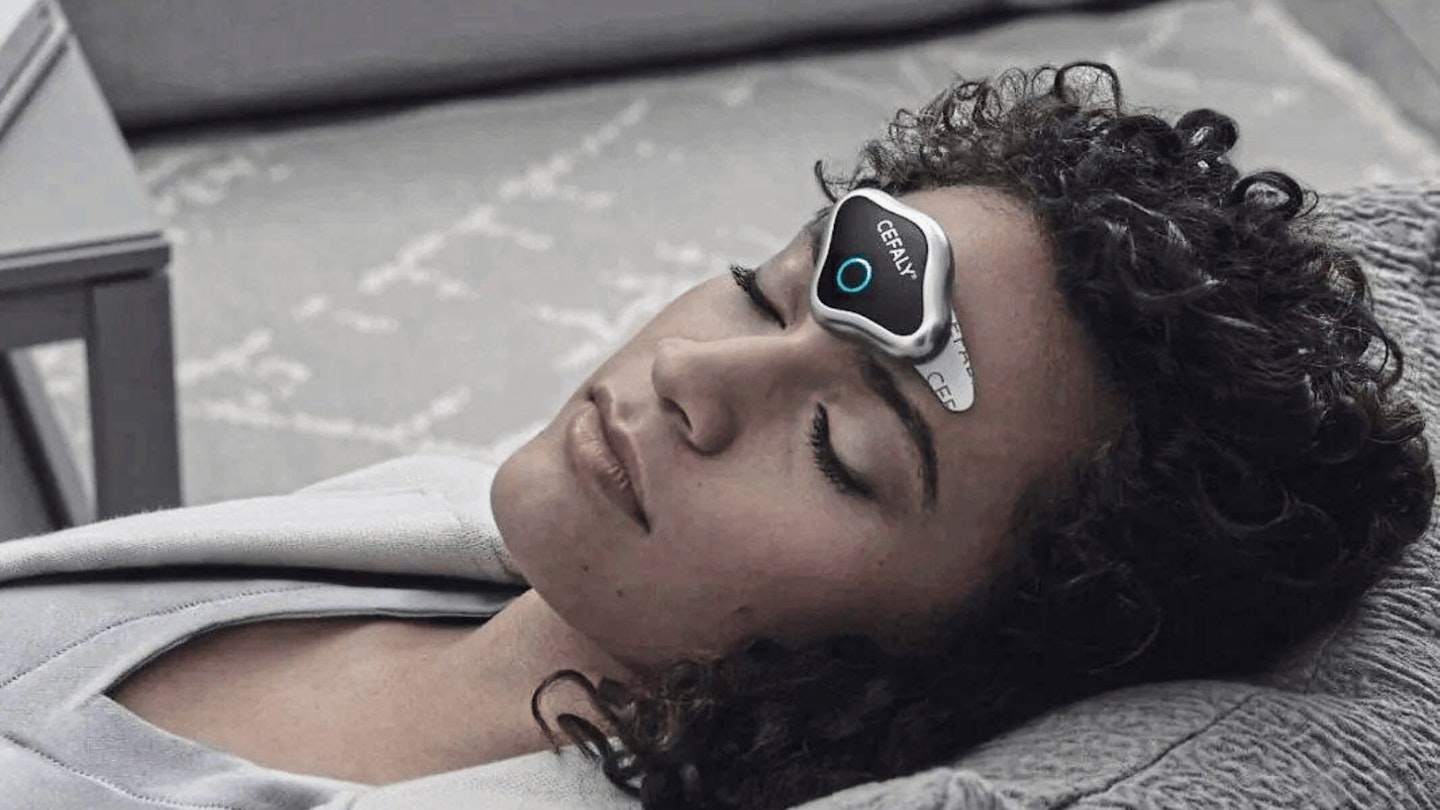
They sound strange, but Dr Munro says neuromodulation devices – a medical device that delivers electrical or chemical stimuli to specific areas – can work really well for some people.
She explains, "The CEFALY device works in a similar way to a TENS machine – you stick it on your forehead, and it gives you electrical stimulation and you can use it as a preventer or an acute treatment. It takes a bit of getting used to but it works nicely in some people.
"Nerivio wraps around your upper arm and works by stopping the pain signals by using different nerve pathways up to the brain. This can also be used as a preventative or an acute treatment. There are good study results on that and both the Cefaly and Nerivio can be used on children and during pregnancy which is wonderful."
You can’t get these on the NHS, though. CEFALY costs around £378 (bhr.co.uk/products/cefaly-enhanced) and Nervio £249 (nerivio.com).
8. Botox can be brilliant
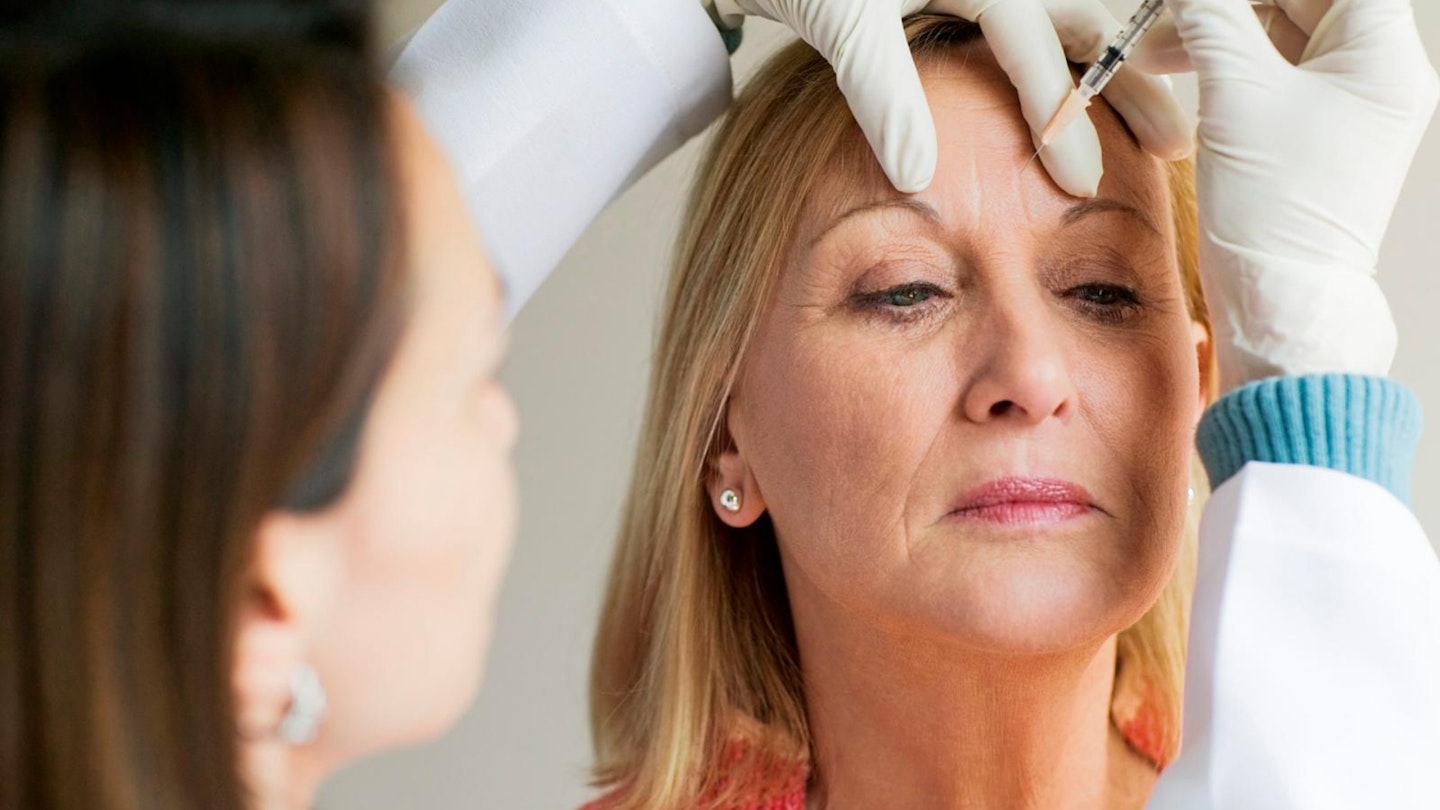
"Years ago, women having Botox cosmetically were reporting that they were having fewer migraines, and so it was studied, and we now know what Botox in some people can be very effective in preventing," explains Dr Munro. "You need about 31-39 injections in the face, back of the head and shoulders, every 12 weeks. It is offered on the NHS, but can be difficult to get."
You can pay privately too. "At the National Migraine Centre we offer Botox but we do have to charge for that because it’s expensive. You can pay privately elsewhere too but use someone correctly trained and using the PREEMPT protocol for migraine."
Annabelle Lee is a Lifestyle Editor at Bauer Media. She specialises in health, wellness and lifestyle celebrity content. She studied Journalism at The University of Sheffield and started her magazine career at Cosmopolitan in 2010. She has since worked across a wide range of women’s interest magazines and remains passionate about writing and long form features. Her favourite part of the job is that she gets to constantly learn new things, interview fascinating experts and share their advice with readers.
